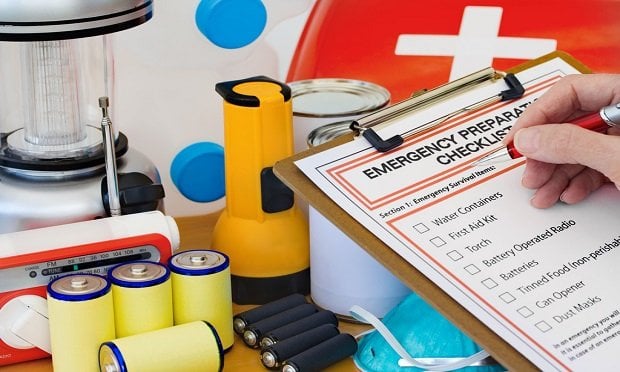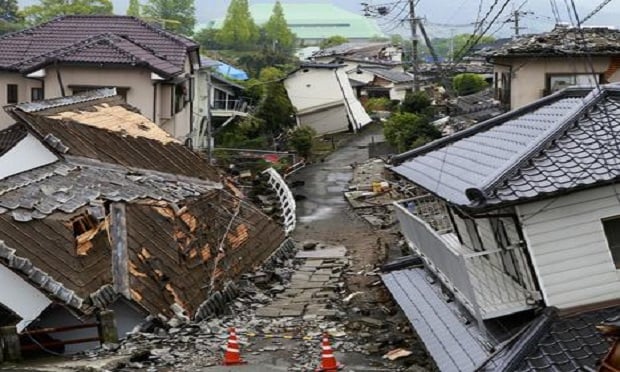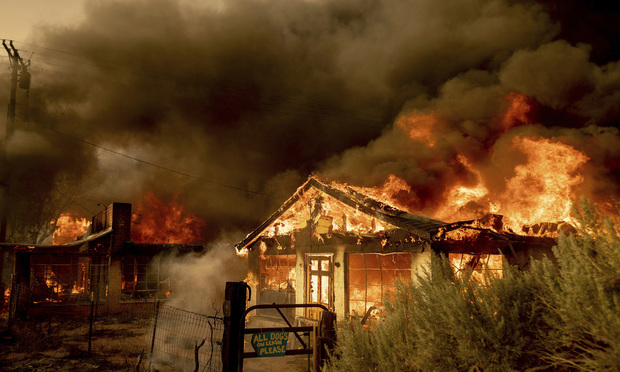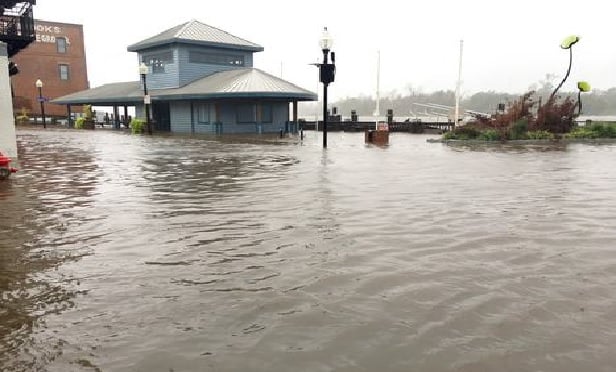 The hazards of a seismic event aren't over when the shocks end. Here's what to do before, during and after an earthquake. (Photo: Shutterstock)
The hazards of a seismic event aren't over when the shocks end. Here's what to do before, during and after an earthquake. (Photo: Shutterstock)
February is Earthquake Awareness Month, and local government agencies are working to make sure residents are prepared for the next seismic event. Hundreds of small earthquakes occur every day around the world, so disaster can strike at any time.
Recommended For You
Want to continue reading?
Become a Free PropertyCasualty360 Digital Reader
Your access to unlimited PropertyCasualty360 content isn’t changing.
Once you are an ALM digital member, you’ll receive:
- Breaking insurance news and analysis, on-site and via our newsletters and custom alerts
- Weekly Insurance Speak podcast featuring exclusive interviews with industry leaders
- Educational webcasts, white papers, and ebooks from industry thought leaders
- Critical converage of the employee benefits and financial advisory markets on our other ALM sites, BenefitsPRO and ThinkAdvisor
Already have an account? Sign In Now







